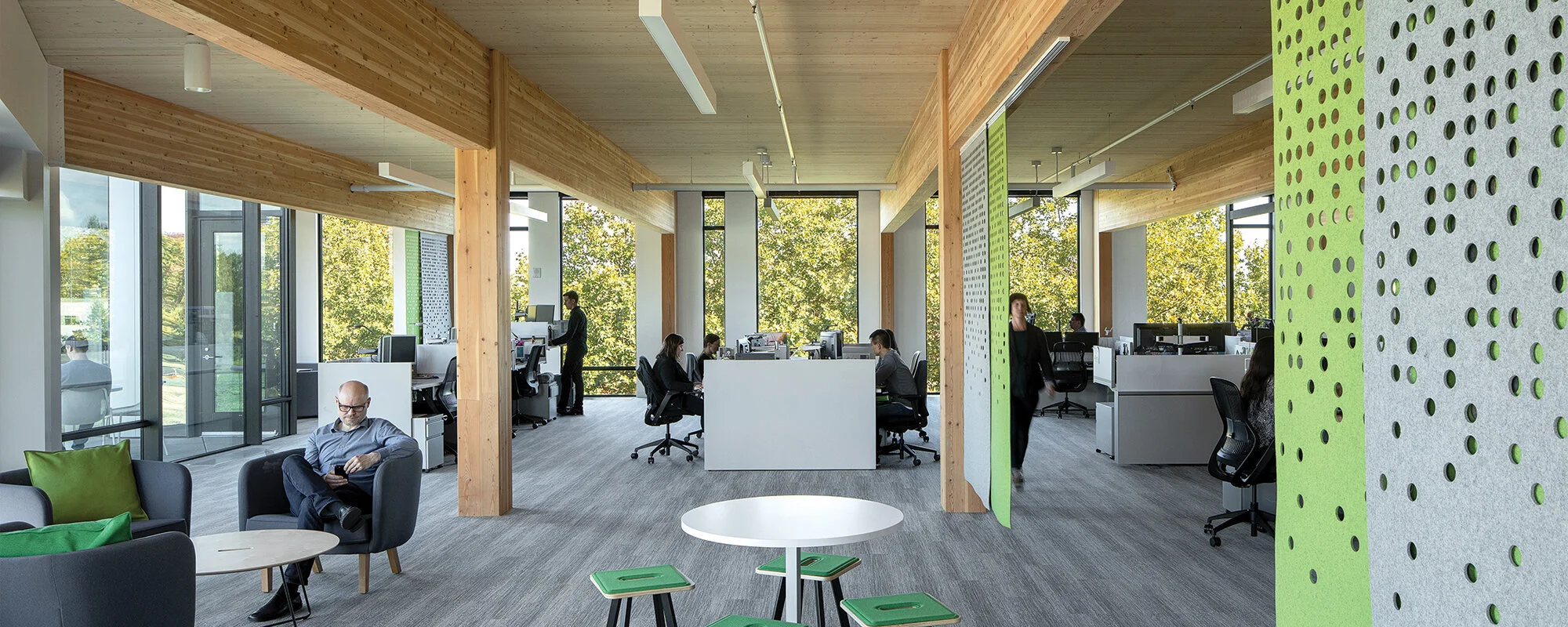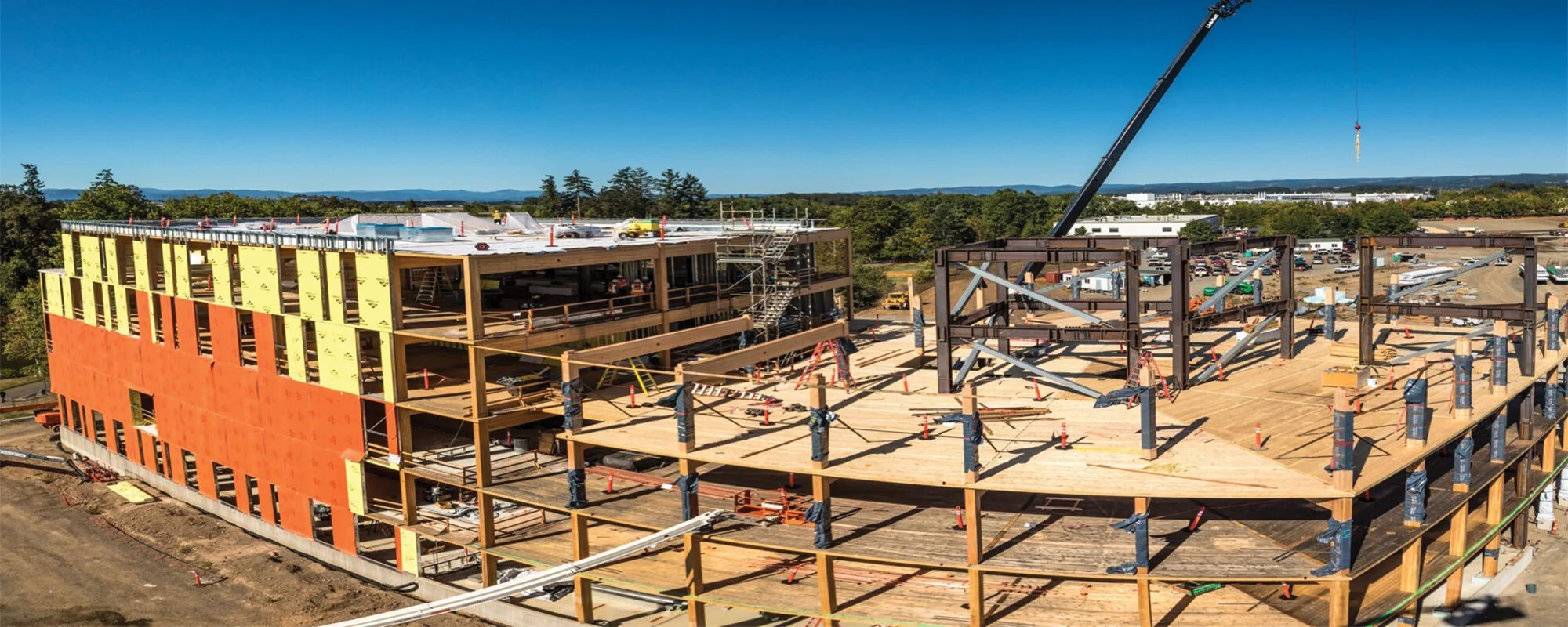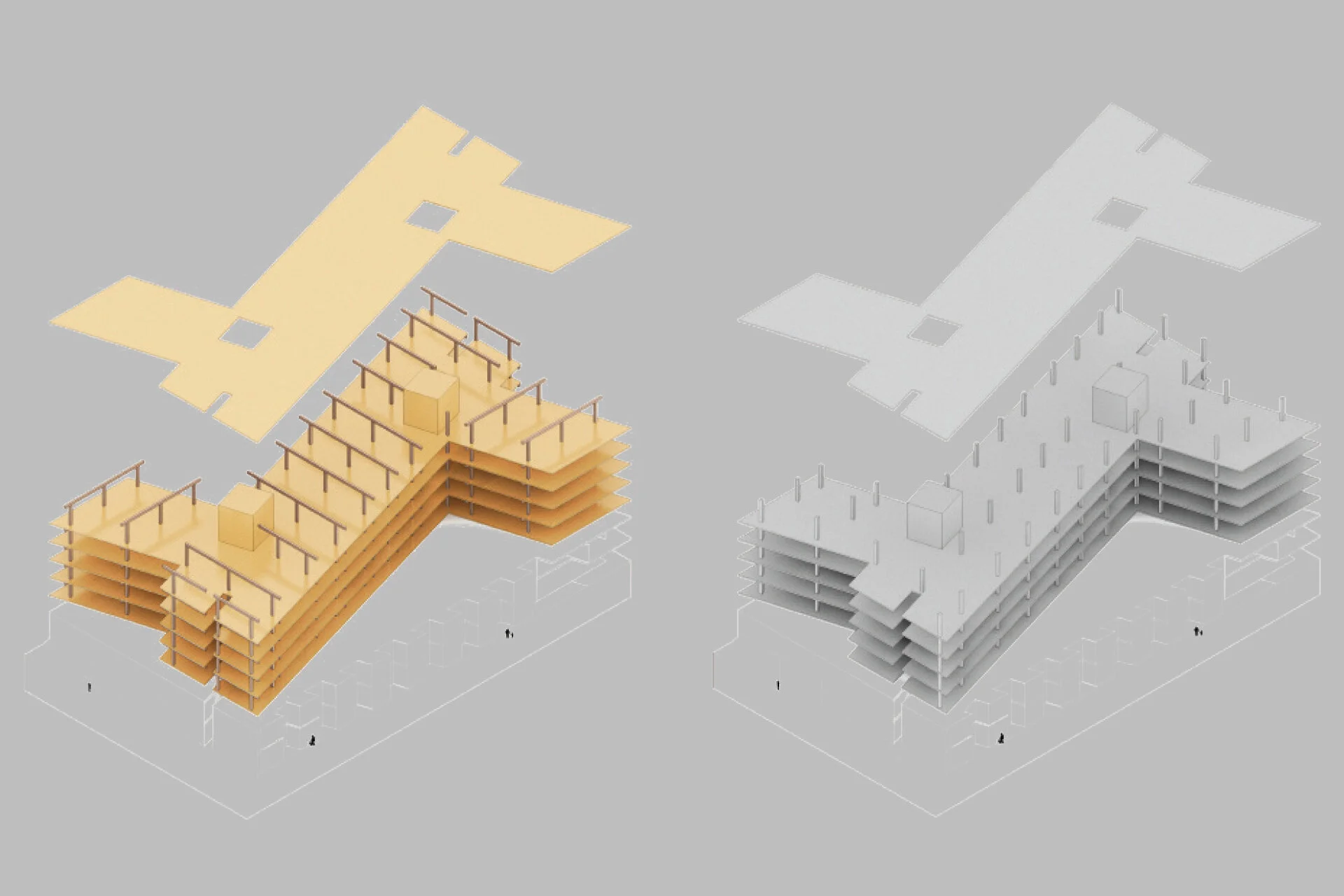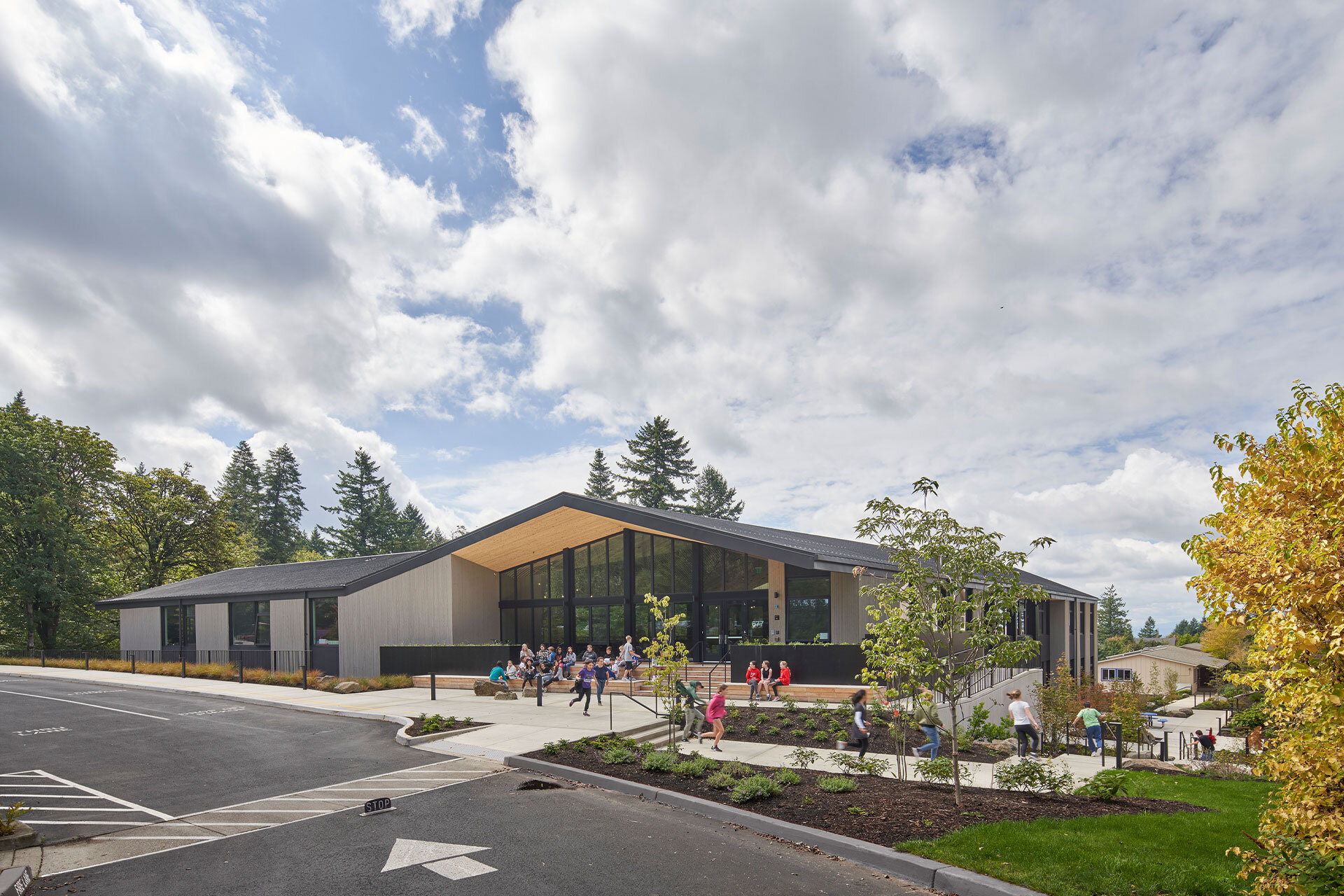Mass Timber Resource Guide
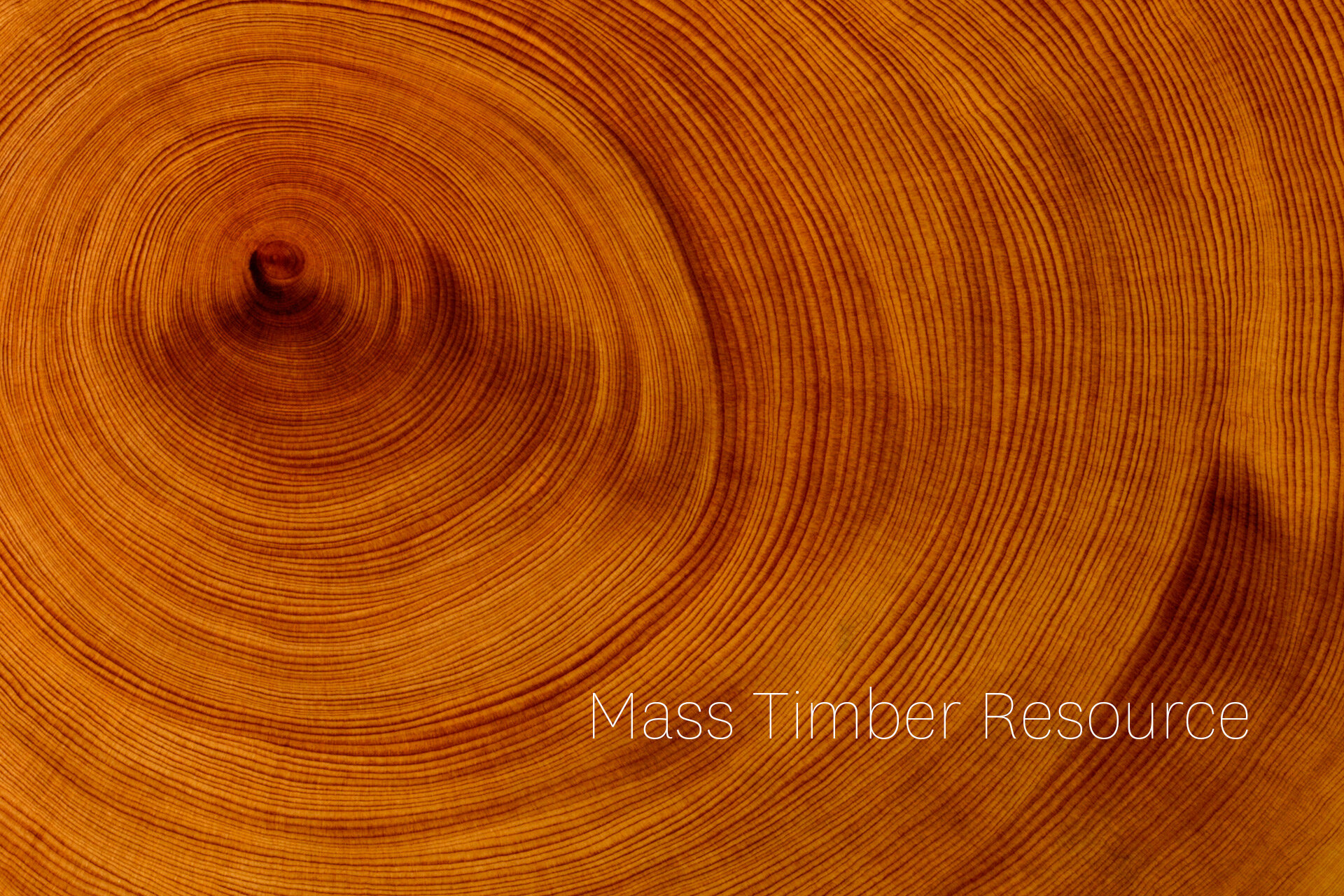
Mass Timber Resource Guide
Calvin Brawner
April 13, 2020
The 2020 International Mass Timber Conference was slated to be hosted in Portland at the end of March, but was canceled due to the COVID-19 crisis. In support of advancing the conversation as we spend time apart, here is the content of our favorite leave behind. We look forward to sharing more trade knowledge with folks as we continue our work on mass timber buildings.
Introduction
We believe that architecture is best when it’s an honest expression of the people and institutions it serves, when it interacts dynamically with its surroundings, and makes humble use of the earth’s resources.
We see an alignment between this vision statement and designing with mass timber. When sourced from responsibly managed forests and maximizing its inherent qualities, timber can reduce dependency on other structural types that may have more environmental impacts. We are excited by the possibilities that new and emerging mass timber technologies are bringing to the design and construction industries, to regional economic development, and to more environmentally sustainable design solutions.
Regional material - Regional impact
Forests are one of Oregon’s most abundant natural resources. Douglas fir forests, which are native to the Pacific Northwest, offer significant carbon storage potential and produce some of the most desirable wood for engineered lumber due to its strength and visual appearance.
Mass timber is a valuable industry in rural communities throughout the Pacific Northwest. New facilities that embrace new technology in advanced wood production, such as D.R. Johnson in Riddle (pictured above) and Freres Lumber Co. in Lyons, promote growth in economically challenged areas and help to stimulate local economies.
District Office, a 6-story CLT office building, uses 73,300 cubic feet of wood which results in 1,866 metric tons of carbon stored. This amount of wood is regrown in Oregon timberland every twenty minutes.
Timber keeps the region’s heritage of craft alive. Inspired by traditional Japanese carpentry, local artisans used fine woodworking methods at the Portland Japanese Garden Cultural Crossing.
Human centered design
Mass timber is safe and resilient. The design pictured above for a new school athletic facility uses a durable wood structure designed to withstand a high frequency seismic event so that the campus and community can use the facility after a significant earthquake.
Mass timber is a contributing element to biophilic design, which strives to satisfy the human desire to be connected to nature. Studies have shown that the presence of wood in interior spaces improves focus and creativity.
Humans have an affinity for wood. Natural materials offer warmth and comfort to interior environments. Studies have shown that natural materials have calming effects, reducing stress of building occupants.
Systems integration
Accelerated construction
Holistic approach
Using life-cycle assessment tools, we can analyze a building’s impact on the environment throughout its entire life. This holistic approach takes into account not only a building’s construction and operation, but also how materials are sourced and how the building may be reused at the end of its life.














